To first-time cat owners, cutaneous horn cat paw is an issue that arouses a lot of worries. Learn about the unusual keratin growth through this article.
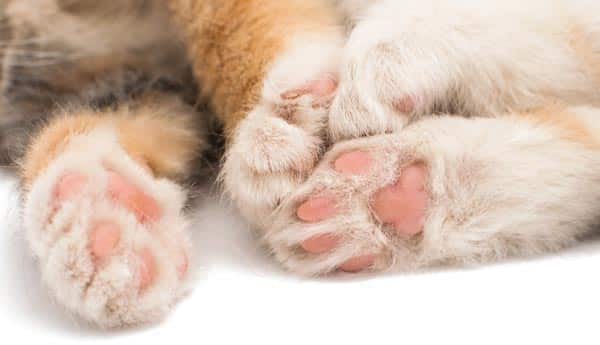
Recently, you notice that your cat seems to make a series of "click" sounds as it moves around the house. At first, you think that it's all in your head but during a nail trimming session, you suddenly detect a couple of weird horn-like spots on its paws. In the veterinary clinic, they call those spots cutaneous formations (also known as horny paws). Is cutaneous horn cat paw a sign of dangerous diseases? What is the cause behind the growth of the keratin? Should you clip the additional nails using conventional nail clippers?
In case you have questions like the above and extremely anxious about the cutaneous horn cat paw, you have come to the right place. This article could show you what pet owners need to know about cutaneous formations, possible causes, and available treatment options. Overall, numerous cats around the globe have horny paws but if they have a clean medical record, their human caretakers have nothing to worry about. That being said, people should maintain a cautious approach when it comes to the keratin.
Quick Reminder: Play it safe and promptly take your cat to the vet if it is experiencing feet-related troubles. Only professionals are able to diagnose the situation and locate the root of the issue.
Read further details on cat paw pad!
Horny Paws: What Is It
Generally speaking, "horny paws" is used to describe keratin formations that protrude out of the paws and look like horns. The issue affects one or up to several footpads and the new nails often concentrate right around the original ones. If the lesions stay away from weight-bearing sections, it's highly likely that the pets would not feel discomfort while walking, jumping and landing. On the other hand, if the cutaneous spots develop on the planar surfaces, the cats shall have slight mobility difficulties. In addition to that, the constant clicking is also annoying.
The Cause Of Cutaneous Growth

Unfortunately, up until today, people are still unable to determine the exact cause behind the development of the cutaneous keratin. Various theories exist such as squamous cell carcinoma, papillomavirus infection, feline leukemia virus, and others. In order to rule out more dangerous possibilities, vets often conduct biopsies and FeLV tests but in many cases, horny paws seem to be spontaneous. As a result, if there is no underlying factor that might lead to fatal consequences, it's fine for pet owners to ignore the horns.
Treating Keratin Formations: Available Options
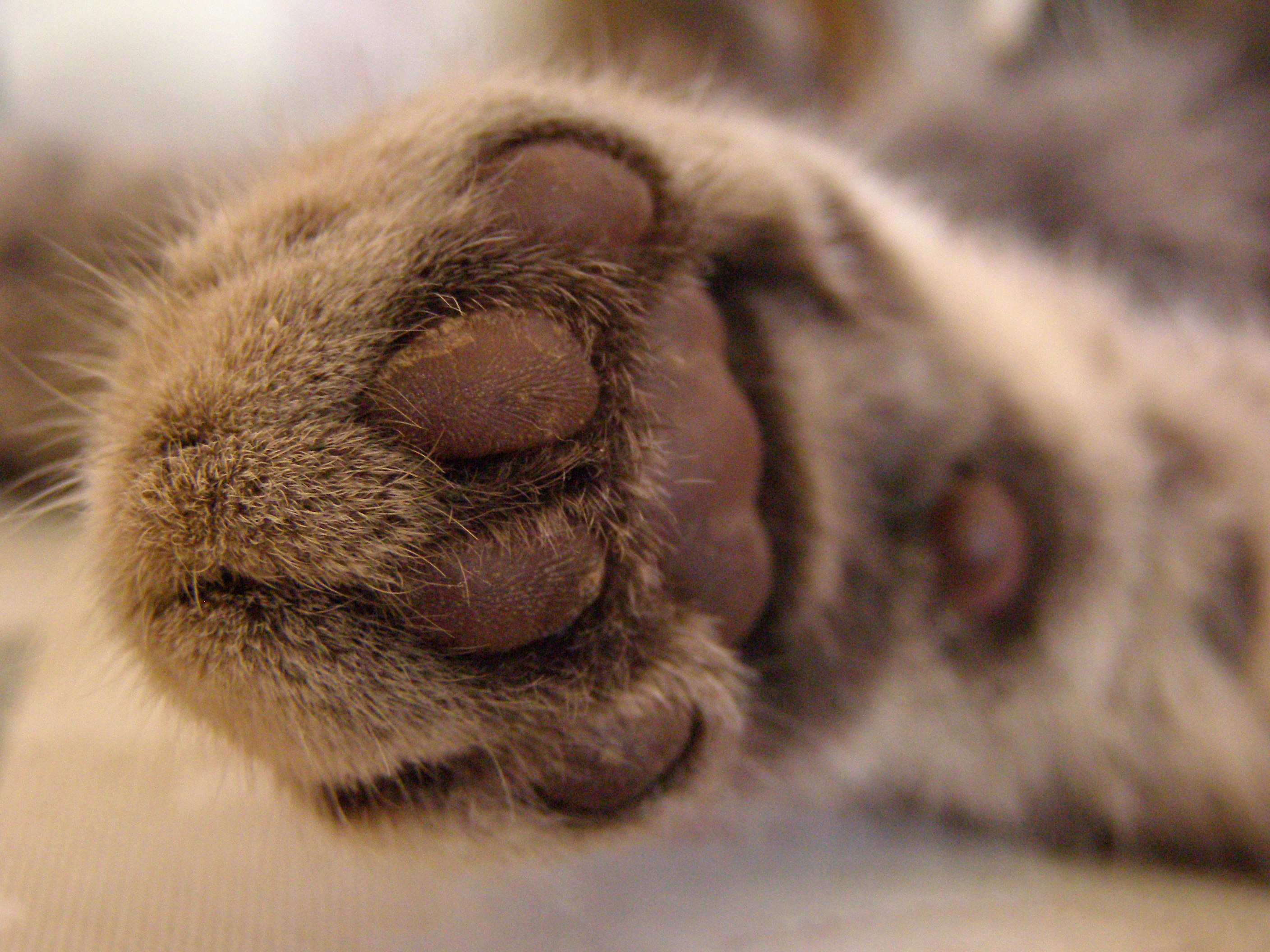
-
Trimming
Considering the fact that the new nails lack blood vessels, you could casually trim them down to the footpad level. While any clipper would do, it's widely advised that you sterilize the tool before using it as a precaution. Aside from that, you could think of the keratin spots as simply more nails to trim every now and then. The growth rate of the new rails is about half of the original ones and that is why there is no need for frequent trimming. Cutaneous horn cat paw rarely requires special treatment so pet owners should take it easy.
-
Surgery
In the case that a particular horn is causing a great degree of discomfort for the cat, the best solution on the table is surgery. The actual base of the lesion would be excised in the process so as to prevent resurgences in the future. Of course, the shape of the footpad should be taken into consideration so as not to leave behind large defects. Therefore, surgery is not a viable option if the risk of mobility impairment is too high
-
Medications
Because the mechanism of the cutaneous horn is not well understood, the effect of medication varies significantly from case to case. However, if the keratin formations are causing substantial problems to the pet, vets could resort to certain stuff such as Azithromycin, Interferon and so on. It goes without saying that you must never give your pet medication on your own initiative as it's dangerous. Moreover, just in case, cats that receiving treatments for horny paws need to be kept under surveillance for timely intervention.
Frequently Asked Question About Cutaneous
-
Is cutaneous horn cat paw contagious?
So far, there is no concrete evidence that spontaneous horny paws could transmit between pets. As a result, it's pretty unnecessary to isolate cats that have cutaneous formation from other pets in the house. That being said, if the vets confirm the presence of feline viruses, it's recommended to keep the pet separate until the situation is resolved.
-
Should I apply ointments and solution to the keratin formations?
A lot of people attempt to dissolve the horns using keratolytic solutions, for instance: Kerasolve, but that would not work. As we all know, cats like grooming so there is a good chance that the pets shall lick away the liquid at the first opportunity.
-
So my cat is, in essence, safe and sound if the tests come back clean?
Technically, yes, if your pet possesses a rather uneventful medical history and all the tests detect nothing worthwhile then you could go home worry-free. Nonetheless, it's a good idea for you to take a quick glance at the horns once in a while. While the odds of severe troubles (such a tumor) is fairly low, it's better to be safe than sorry.
-
What might happen if I don't trim the horns?
The same thing happens once you forget to trim the nails of your pet: they get longer, longer and longer. At a certain the level, the keratin formations would curve back and proceed to poke right at the cat paws. Needless to say, your cat is going to feel pain at that point so remember to take care of the horn while trimming the nails.
-
Do I need to make changes to the daily diet?
Since the horny paws have nothing to do with nutrient intake, changing the daily diet would have zero effects. So as long as your pet is neither fat nor skinny, don't bother adjusting the contents of its meals.
For more Cat's Health Guides, please visit Cattybox!
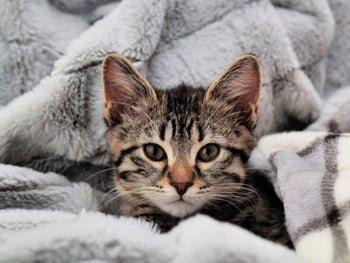
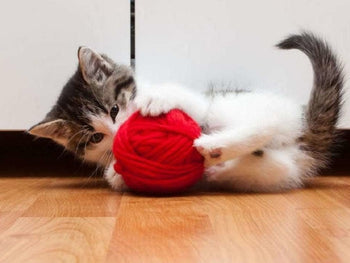
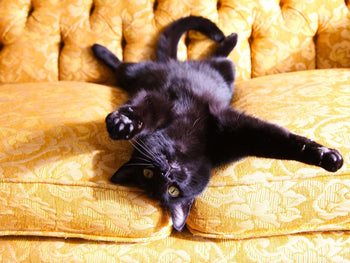
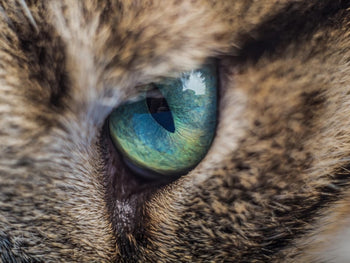

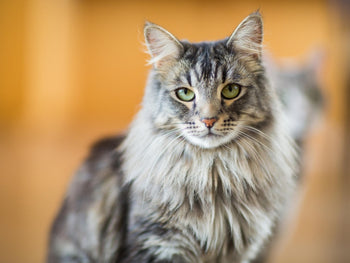
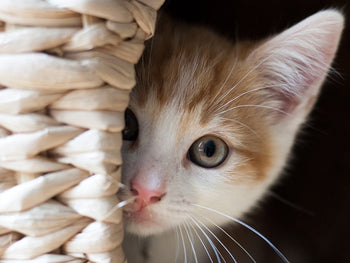
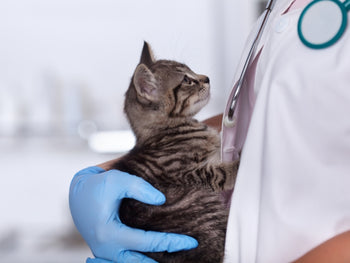
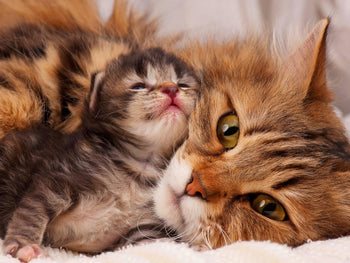
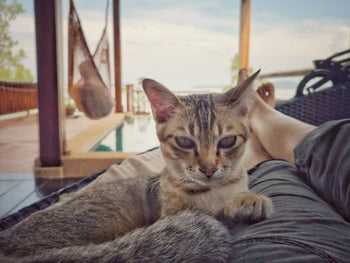
Hi, my ragdoll is 15 and has never had “horny paws” before until recently. I’ was clipping his nails and found a little horn on the top of one of his toe beans and he didn’t seem to be in pain from it. So I just kept checking on it every time I clipped his nails. Well I went to clip his nails today and the horn is just gone? Did my cat bite it off or do they just come off?